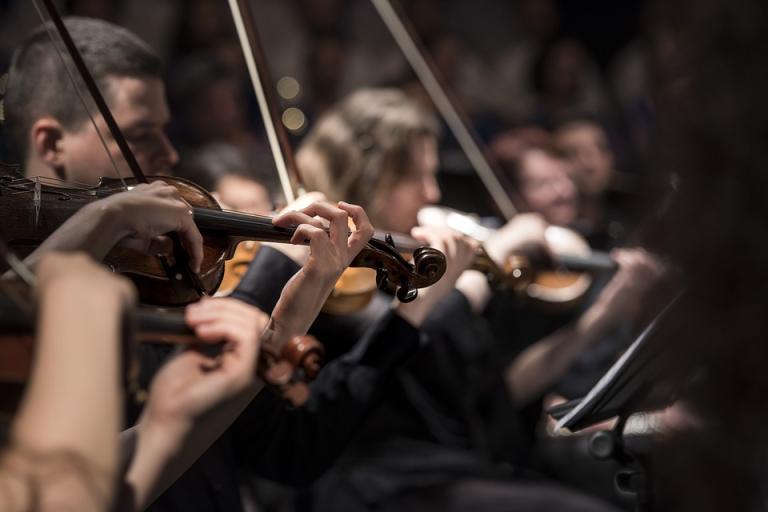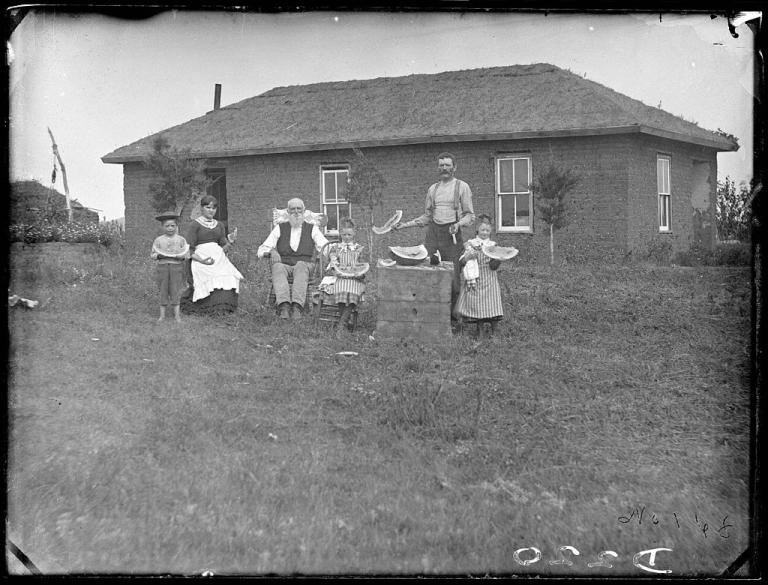
Richard Reeves’ Dream Hoarders, which I “book-reported” over the summer, writes about various ways in which the upper-middle-class perpetuates their class status into the next generation. I was skeptical about a fair bit of it, but in a recent article, “Trickle-Down Norms,” he carries forward the theme of the upper-middle-class separating themselves out from the middle- and working-class. Observing that Charles Murray and others call on the UMC to “preach what they practice” rather than being squeamish about saying that marriage is the right choice, in general, not just for themselves but for others as well, he complains that this process is imperiled by the growing tendency of the UMC to live apart from everyone else (with apologies for the extensive quotation):
[T]he most important cultural influencers [are] “the family just a few blocks over.” But today they are likely to be more than a few blocks over. They are on the other side of the city, in a different neighborhood altogether. Just as water can only trickle through layers of rock that are close together, so the transmission of social norms, and of changes in those norms, requires a degree of proximity, and therefore of social equality.
The divide that has opened up in recent decades has led to increased distance between social classes, and especially between the upper-middle class and everyone else. . . .
The economic distancing of the upper-middle class has cultural consequences, a trend that has been described by scholars on both sides of the political spectrum, notably Murray in Coming Apart and Putnam in Our Kids. One of the most vivid symptoms of class separation is neighborhood segregation. Wealthier neighborhoods have grown far richer, better educated, and more culturally homogenous than ever before. . . .
One of the central ideas of American community life is that it can produce communal sympathy across class lines. But now, along virtually every axis of interest — class, religiosity, television preferences, political ideology — communities have become more homogenous in the last few decades. Neighborhoods are more economically segregated, with affluent families more likely to have only affluent neighbors. Selective colleges are dominated by upper-middle-class students. Churches are segregated by race, class, and political orientation. Social media has added another polarizing dimension to community life, both online and offline.
When people live in communities where almost everyone looks, thinks, and lives alike, communal sympathy is likely to be replaced by tribalism. This fragmentation and tribalization of society carries a number of risks, not least of which is a loss of mutual respect across class lines and a concomitant weakening of the mechanisms of downward norm diffusion. This vicious cycle reinforces the class divide and the callousness and resentment it fosters, fraying the fabric of American society.
Reading this reminded me of an older blog post of mine, in which I observed that my grandparents, while not college-educated, were not at all like (stereo?)typical working-class people today. My father’s father, who worked on the factory floor at Gates Rubber Company and hobby-farmed with my grandmother, went on paleontological digs in his retirement years. They were fairly bookish, and, as suits their time, subscribed to Readers’ Digest (and gifted my parents a subscription for years and years), and, it seems to me, had shelves of Readers’ Digest Condensed Books. My mother’s father, a barber and then an insurance salesman, played viola in the St. Louis Philharmonic (I always thought it was violin, but Google actually turned up a link that said otherwise), and we have an old picture of him acting in a community theater. They were, fundamentally, the sort of people who, by their habits and activities, had they been born a generation later, would have, indeed, gone to college.
And they’re nothing like certain working-class members of my (far) extended family, who really seem to be making efforts to fit the “white trash” stereotypes and whose main hobbies seem to be gambling at the casino and drinking (though, no, they are not, so far as I know, struggling with any substance abuse issues).
So when I read complaints about how the upper-middle-class doesn’t properly associate with the working-class, where in the past they had been willing to do so, it seems to me that at least part of the explanation is that the sort of working-class folk who might have, in the past, “fit in” to whatever degree with their “social betters” were simply a different type of people then, than working-class people are now, because the more intellectual and nerdy sort of non-college educated person, in generations past, is now, in fact, part of the masses of the college educated. Which means that, in addition to, yes, the geography of the suburbs, there’s also the fact that there’s a cultural divide that, in the past, at least some working-class folk bridged, but don’t any longer.
Or maybe I’m just talking out of my ***; you tell me.
Image: https://pixabay.com/en/classical-music-concert-macro-music-1838390/











